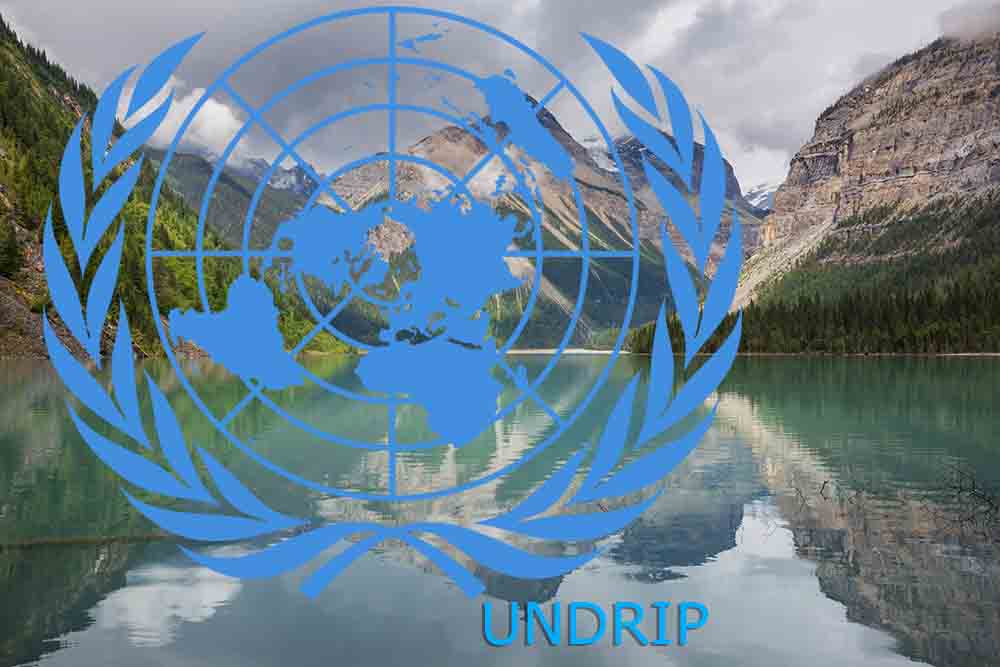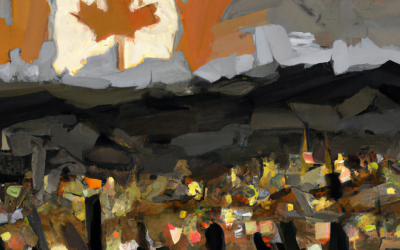As endless squabbling in Manitoba continues to block an excellent economic development opportunity for First Nations, we need government decision-makers to show leadership and vision.
Manitoba Hydro’s choice of a hydro transmission route on the west side of Lake Winnipeg, announced July 29, is not only the more expensive option, with its proven $600 million to $1 billion added cost. It also ignores the preference expressed by many First Nations communities on the east side of Lake Winnipeg. So far, Manitoba Hydro, the provincial government and environmentalists seem unable or unwilling to see the opportunity opening up the east side route would give the reserves.
Manitoba has said it will build a permanent road network in the north costing the province $315 million over 15 years. However, each route runs east to west and will link the communities of Island Lakes First Nations. Having one route to Berens River, the other route announced would link the Island Lake First Nations by way of Cross Lake or alternately from Norway House. This route would add an additional five to six hours travel from Winnipeg. Tourists wanting to visit the area could travel to Berens River but to fully experience the east side they would have to return by way of Winnipeg then north on the west side of Lake Winnipeg towards Thompson then backtrack to Cross Lake or Norway House then on to Island Lake. Why?
The economic boost would help these natives in their efforts to climb out of the despair and poverty in communities where unemployment can often be as high as 80 per cent. Employment opportunities for communities on the east side of Lake Winnipeg are scarce now, but a new road connecting them to the rest of the world would guarantee jobs in areas such as fishing, guiding, ecotourism, restaurants, service stations, highway construction, road maintenance, bus service, cottage development, service industry, and building construction. Favouring arguments that this pristine, forested area on the east side of Lake Winnipeg ought to be free of roads and transmission lines deprives others of opportunity to enjoy it, and ignores the existing protection. The east side retains heritage designation that prevents activities not allowed in federal and provincial parks — logging, hunting and mining.
The $600 million to $1 billion saved could be diverted towards a real all-weather road connecting some isolated communities that currently rely on the winter road system. As that system now has a shorter window, it cuts off the supply of goods much earlier than past years.
That means more of the required groceries, building supplies, and supplies of fuel have to be flown in, costing the government millions of dollars. Reduced air transport costs would eventually offset the money spent on all-weather road construction. It would improve life for isolated reserve residents, too. Many would travel south by bus, car or airplane, an option most of us take for granted.
Another option for delivering goods to isolated reserves would be a railway — possibly jointly owned by the east side bands.
All-season roads and rail service are both options for greatly enhancing the lives of people on the east side. Employment and easier access to the outside world would go a long way towards reducing poverty, alcoholism and suicide as well as giving natives pride and a vision of prosperity.
It’s not too late. This latest announcement looks decisive, but in truth it has just signaled another stage in an argument that could easily go on for decades. Manitoba Hydro president Bob Brenanan, Manitoba Premier Greg Selinger, the environmentalist community, and First Nation leaders are replaced by others who may have different visions. Now is the time for all levels of governments associated with making the decision to take a stand and grasp this opportunity for east side First Nations. This can only happen by having a direct route on the east side of Lake Winnipeg. For east side leaders, now is the time to reflect and take advantage of the potential. A disjointed road system will greatly limit your opportunities.
Republished from the Winnipeg Free Press print edition August 11, 2010


